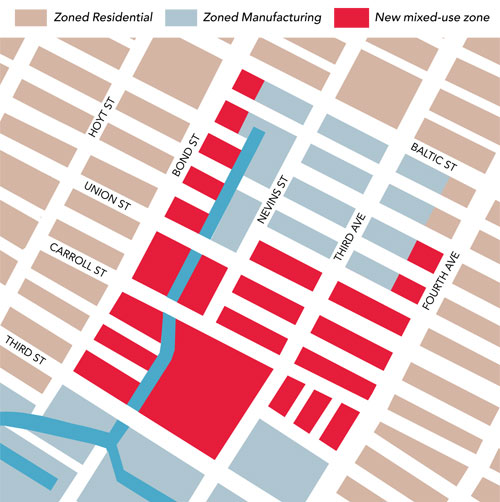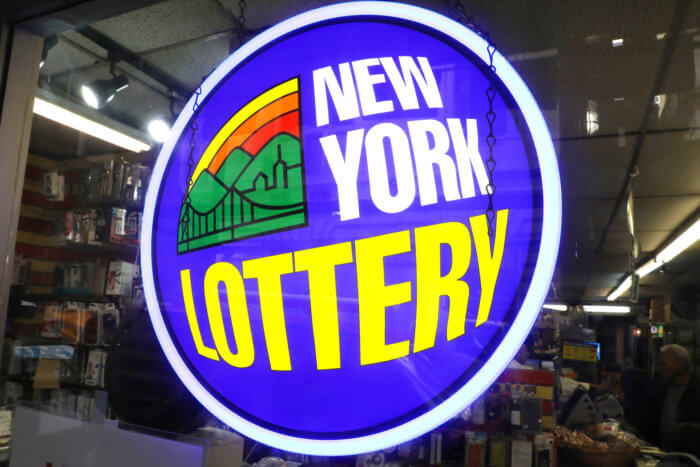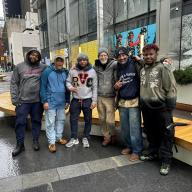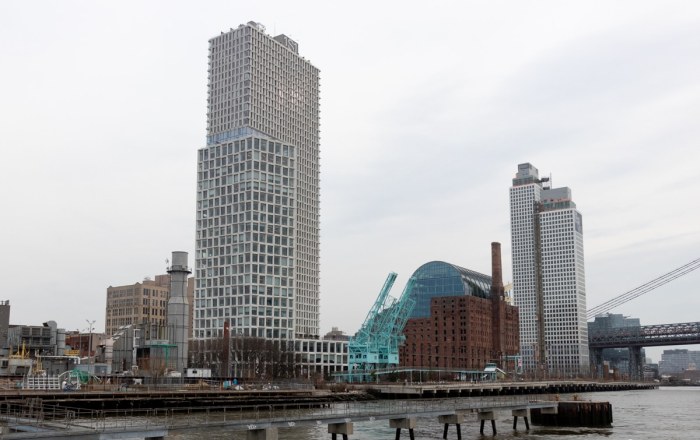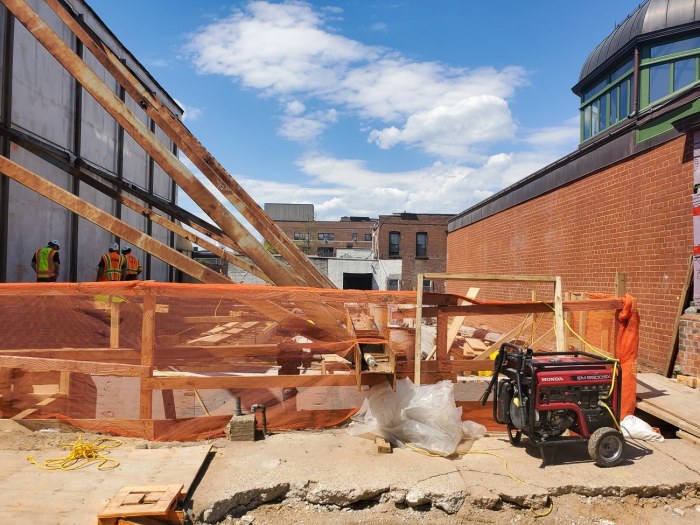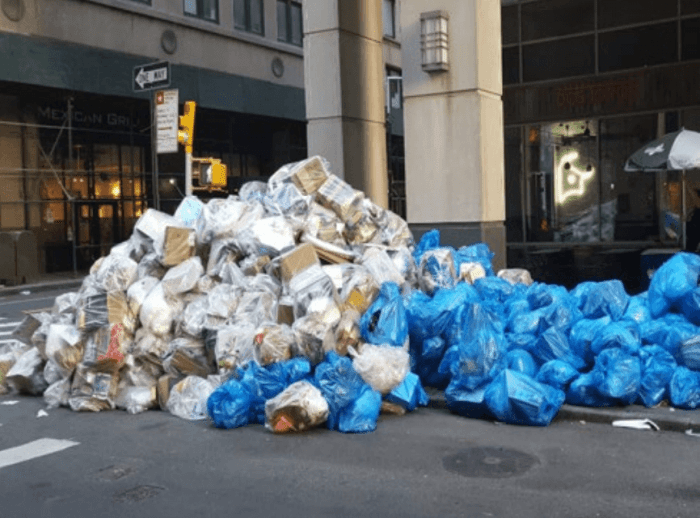The foul Gowanus Canal zone would be reborn as a mixed-use neighborhood of housing, commerce, light industry and — here’s the kicker — green open space under the city’s long-awaited rezoning plan unveiled last week.
The Bloomberg Administration proposal for the area north of Third Street prominently calls for public access along the canal and incentives for developers to create below-market-rate housing.
The proposal is the culmination of years of community effort — and follows a rezoning framework that the city issued last year. The long-term goal is to use zoning changes to encourage a different approach to canal-side development.
The changes were received mildly in PS 32’s auditorium last Thursday — with some residents congratulating the Department of City Planning, while others speculating that manufacturing would lose out to housing in the mixed-use sections.
“Residential [development] tends to move in because you get more bang for your buck in the mixed-use zone,” said Dan Wiley, a staffer for Rep. Nydia Velazquez (D–Gowanus).
In all, 60 blocks around the canal were considered for the major rezoning, but in the end, the city decided to include about 25 blocks. The rest will remain zoned for manufacturing. That area is enough to support manufacturing uses, supporters said.
“They’ve done a beautiful job coming up with plan for preserving manufacturing jobs,” said Buddy Scotto, a longtime advocate for cleaning the canal and bringing housing to the area.
Some couldn’t believe the city would forecast a residential community along the banks of one of New York’s filthiest waterways.
“It’s been polluted my whole life, and they’re selling it like it’s Disneyland,” said Anthony Pugliese, a member of Community Board 6.
City Planning officials insisted that various environmental agencies are committed to decontaminating the heart of Brooklyn’s industrial corridor.
Such a cleanup would take many years at toxic sites like the so-called Public Place, bounded roughly by Fifth, Huntington and Smith streets and the canal. The site is not part of the City Planning proposal but a developer has already been selected to build 774 units of housing there — pending the cleanup.
Toxins aside, developers are drooling over the potential of the Lavender Lake, the soupy sluice between tony Park Slope and Carroll Gardens.
Toll Brothers, which wants to build 447 units of luxury and below-market-rate housing on its site bounded by Bond, Carroll and Second streets and the canal — inside the rezoning area — felt confident that its plan will have the city’s support.
Building heights, a perennial neighborhood issue, would vary across the new district. Along the canal, residential towers could rise as high as 12 stories, though on some side streets, housing would be limited to 50 feet.
Those who would question 12-story buildings in the low-rise neighborhood were reminded by city officials that without such canal-front towers, there will be no public esplanade. Residential developers must include a 40-foot ribbon of public space while industrial properties are exempt.
In the core of proposed commercial area — Third Avenue, from Sackett to First streets, and Union Street from Nevins Street almost to Fourth Avenue — buildings would be capped at 80 feet, about eight stories.


